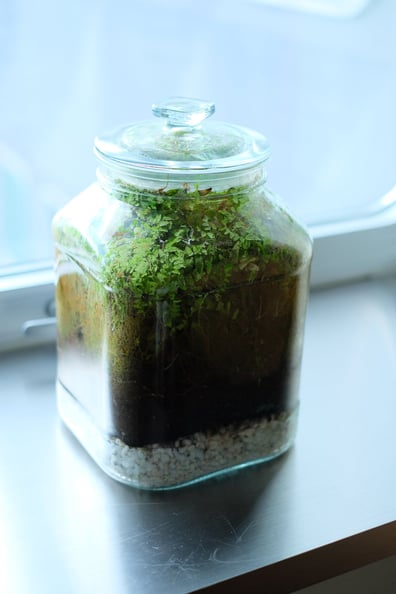
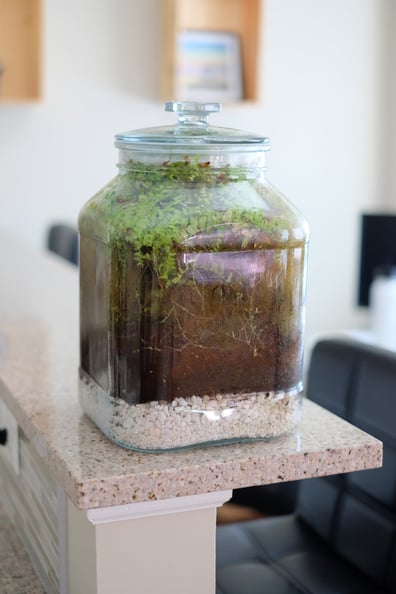


A closed terrarium is a self-contained ecosystem within a glass container, functioning like a miniature garden where plants thrive in a humid environment. Water inside the terrarium evaporates from the soil, condenses on the glass, and then drips back down, creating a continuous cycle.
These terrariums are low-maintenance and visually appealing, making them ideal for adding a touch of nature to your home. When creating one, it's important to select suitable plants, such as ferns or mosses, and place the terrarium in indirect sunlight. With minimal care, you can enjoy a flourishing mini ecosystem.
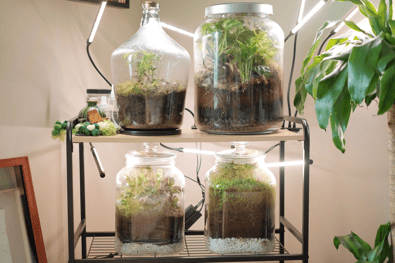
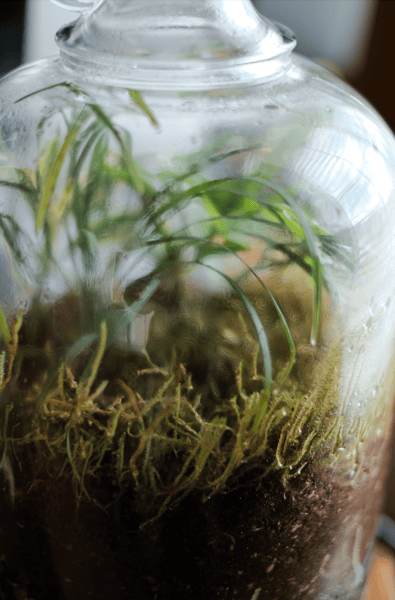
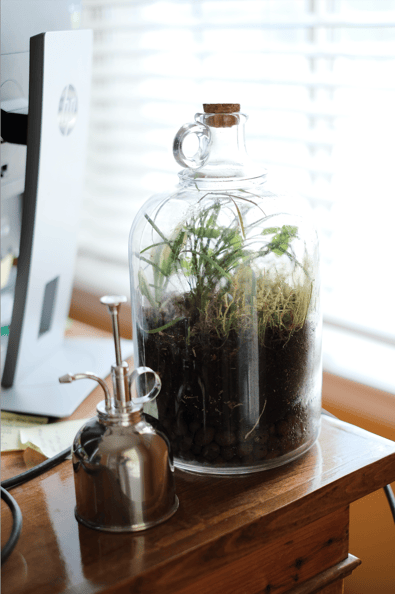
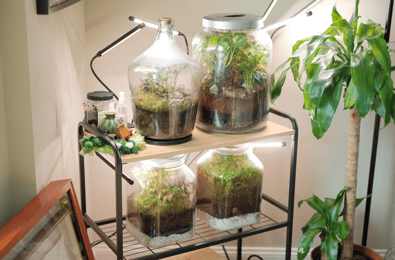




For example, the below closed terrarium, composed of a Fern and Mood Moss, has been sealed, without being opened or having any water added, since June 23rd, 2024 or for over a year.
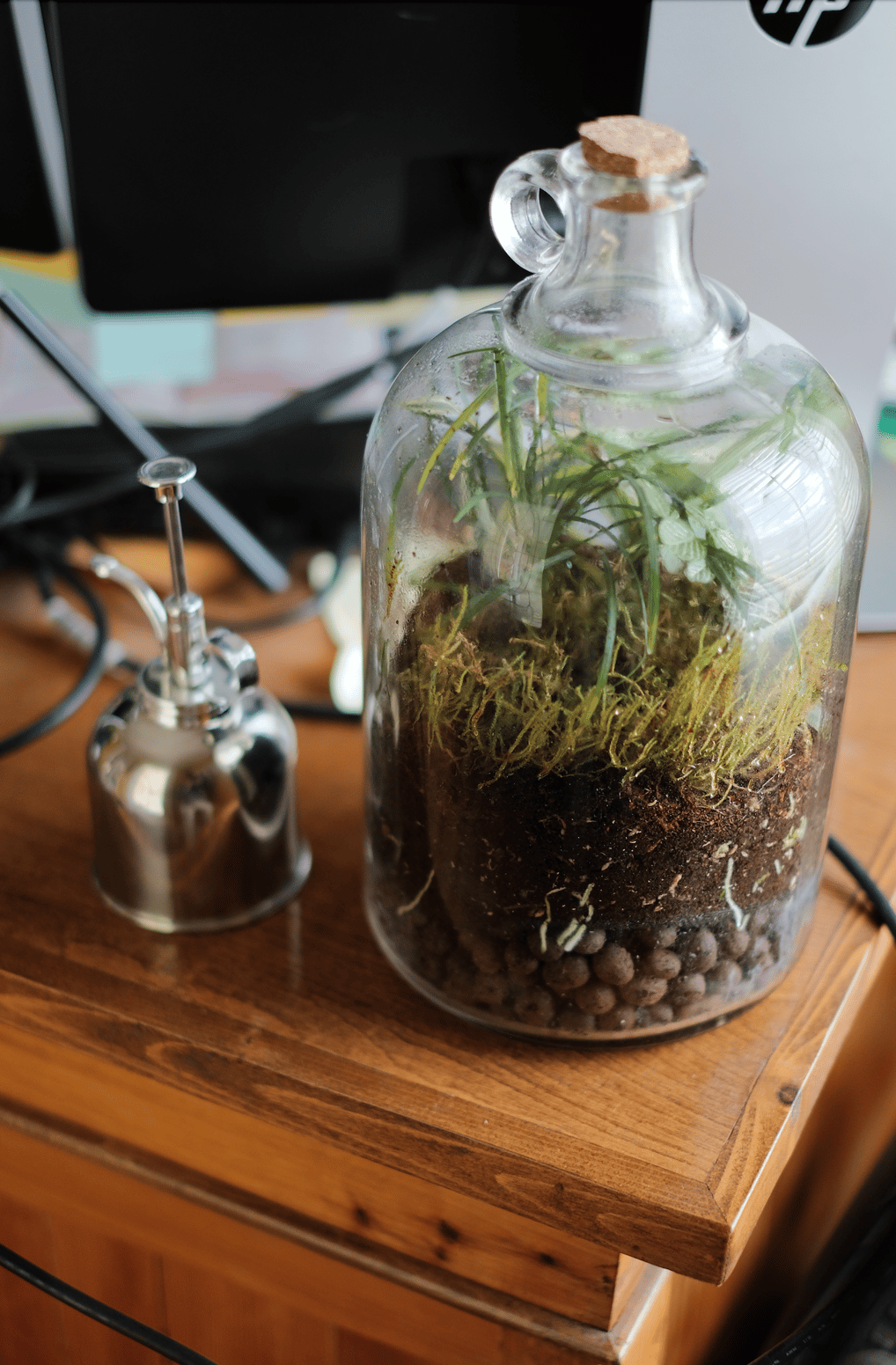
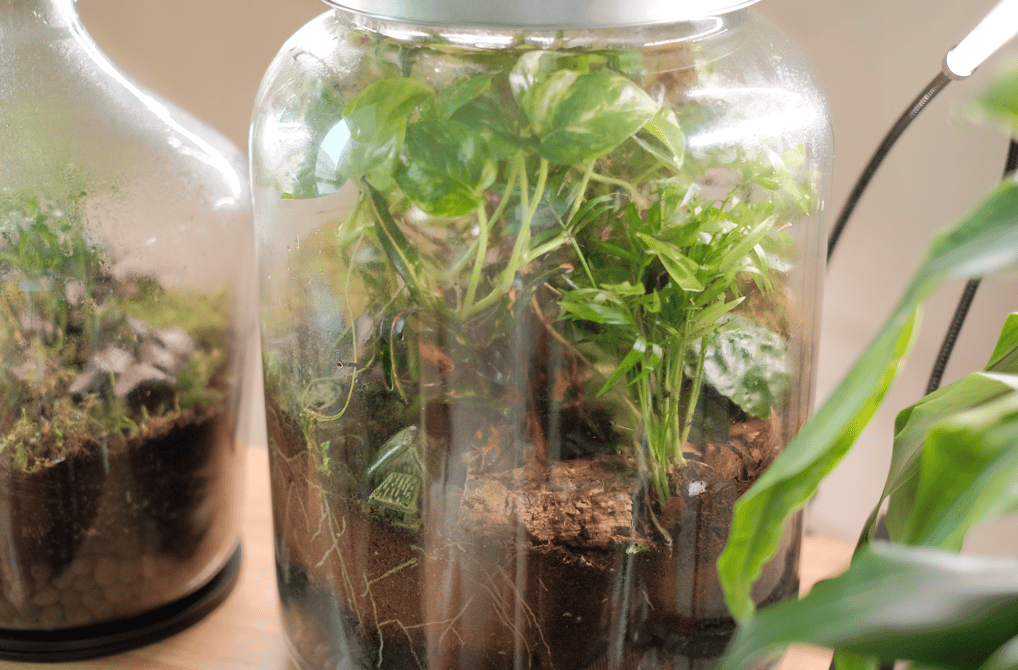
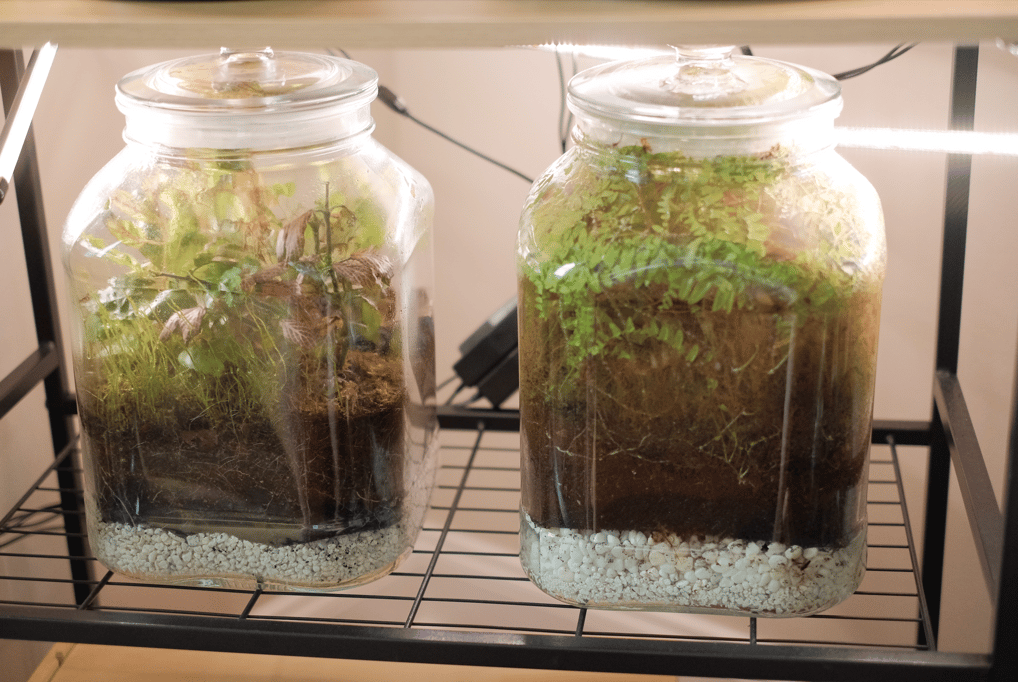



The following text provides practical guidance on how to create such a closed terrarium.
Step 1: Find a Great Jar
The first step is to find a suitable jar for your closed terrarium. The ideal size for these jars is no less than two gallons, ensuring ample space for plants to grow and for additional nutrients and even small insects. If using a jar with a small one-inch opening, specialized tools can be used to adjust plants, soil, and other items. Remember to include a cork to seal the jar. Be aware that planting through a small opening can be challenging and may lead to dying plants or bacterial infections.
Step 2: Create a Base
A terrarium base consists of four parts: a false bottom, a divider, horticultural charcoal, and soil.
False Bottom: This prevents root rot by allowing water to flow through the soil rather than remaining static. It can be made from any porous substance that allows water to flow through and evaporate, with aquarium rocks being a common material. Leca clay balls are also excellent for water flow. Add 1-1.5 inches of the false bottom material to your jar.
Divider: A divider creates a barrier between the false bottom and the soil. A window screen mesh is an affordable option; cut it to fit the jar and lay it on top of the false bottom.
Horticultural Charcoal: Add a small amount of horticultural charcoal for purification.
Soil: Use self-created or pre-made terrarium soil; do not use regular household soil. Regular household soil is too dense for proper evaporation and condensation, and it often contains too much bacteria and too many insects that could disrupt the fragile ecosystem.
Step 3: Make the Terrarium Bio-Active
To create a truly self-sustaining ecosystem, include bioactive agents.
Springtails: These are small, self-sustaining insects that break down dying plants, insects, and bioactive material, returning nutrients to the soil.
Other Insects: Isopods and millipedes are also options.
Nutrients: Add outdoor dying tree leaves or other decaying matter, but only after boiling them to eliminate bacteria. These nutrients serve as food for the bioactive agents and contribute to the terrarium's long-term sustainability.
Step 4: Find Your Plants
The best plants for a closed terrarium include ferns, moss, and other plants that thrive in humidity. Home Depot can be a good source for plants. You can also use AI tools like Gemini to determine if a plant will thrive in a closed terrarium
Step 5: Add Décor
Décor can be added after cleaning. Boil any outdoor cork, wood, or pinecones before adding them to the terrarium to remove bacteria. Other décor items can be found at pet shops that sell aquarium supplies
Important Notes
Avoid Direct Sunlight: Direct sunlight can cause the terrarium to overheat due to the greenhouse effect, leading to the demise of the ecosystem. Instead, use indirect sunlight or indoor plant lights, which provide light without the risk of excessive heat.
Use the Smell Test: To assess the health of your terrarium, open the jar and smell it. If it smells like an outdoor garden after rain, it's doing well. A rotten or moldy smell indicates a serious bacterial infection, suggesting the terrarium is likely lost.
Water Wisely: Avoid using tap water; pure distilled water is best. Gently spray water into the jar with a sprayer and then seal it, remembering that less is more. You've added too much water if the humidity on the jar's walls doesn't fluctuate. If the water decreases at certain times of the day, the water level is good